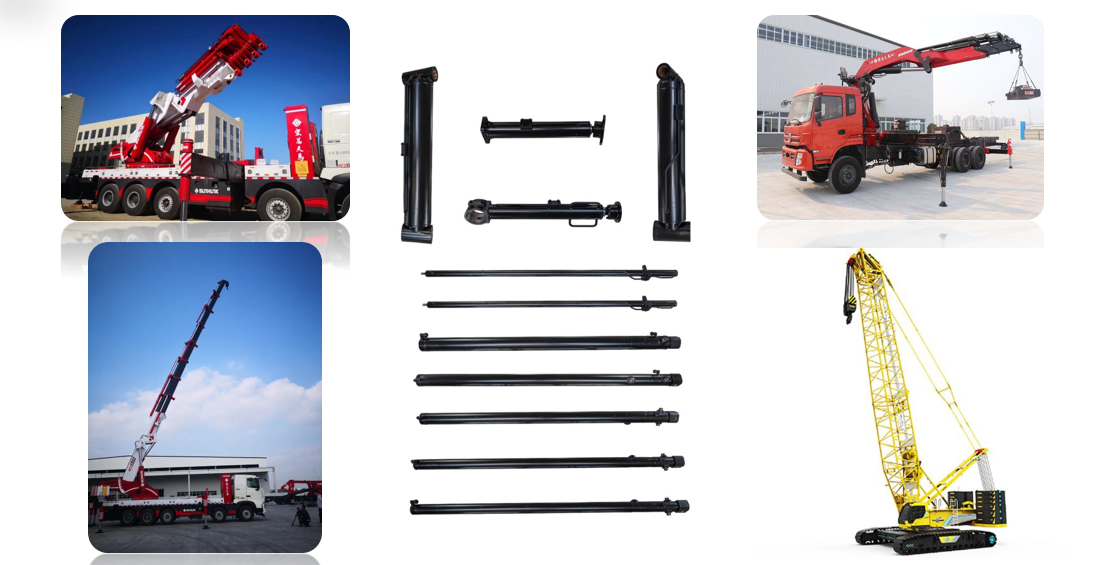Like other mechanical products, the selection of standard hydraulic cylinders requires advanced technical performance and economical rationality. However, what we call advanced technical performance is not an absolute concept. “High, refined and sophisticated” products are good, but they can not be what we need. As long as the product can meet the performance requirements, easy to use, easy to repair, having long life, it can be considered to be advanced in technical performance, which requires us to have technical and economic savvy.
As the executive component of the hydraulic system, the hydraulic cylinder selection should comply with the following principles:
1 It must meet the technical requirements of the machine, such as installation form, connection method, stroke length and angle range, thrust, pull or torque size, movement speed, overall size and weight, etc.
2 It must meet the technical performance requirements of the machine, such as action requirements, cushioning effect, starting pressure, mechanical efficiency, etc.
3 The structure of sealing, dust-proof and exhaust device is reasonable and the effect is good.
4 Reliable performance, safe work and durable.
5 Easy assembly and disassembly, convenient maintenance and beautiful appearance.
6 The price is reasonable, and the spare parts can be guaranteed.
Although the starting point and purpose of selecting a standard hydraulic cylinder and designing a non-standard hydraulic cylinder are the same, due to the conditional limitations of the standard hydraulic cylinder, the selection is not as “free” as the design, both the specific cases of the working machine and the standard hydraulic cylinder should be considered. The general selection steps are as follows:
1 According to the function and action requirements of the machine, select the appropriate hydraulic cylinder type and overall size based on the size of the space.
2 Select the working pressure of the hydraulic cylinder, the diameter of the piston or the area and number of blades according to the maximum external load.
3 Select the stroke or swing angle of the hydraulic cylinder according to the mechanical requirements.
4 Select the flow rate of the hydraulic cylinder according to the speed or time requirements.
5 Select the diameter of the piston rod and calculate its strength and stability according to the speed ratio and the maximum external load.
6 According to the working environment conditions, select the dust-proof form and the piston seal structure form of the hydraulic cylinder.
7 Select the corresponding installation structure and piston rod head structure according to the external load and mechanical installation position.
8 Get to know the price of the product and the supply of spare parts.
The above steps are interrelated, and it often takes repeated consideration to select a more suitable hydraulic cylinder, so the sequence of the above steps can be interchanged.

Post time: Jul-28-2022
